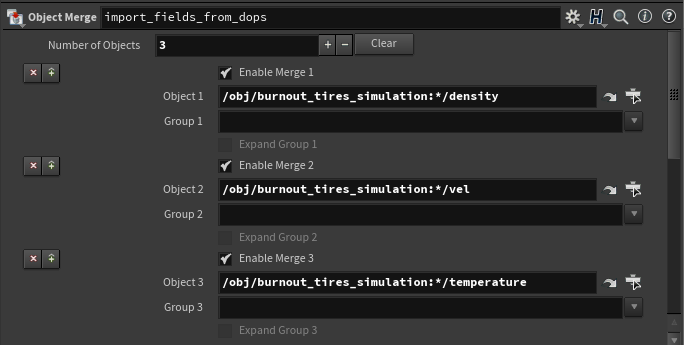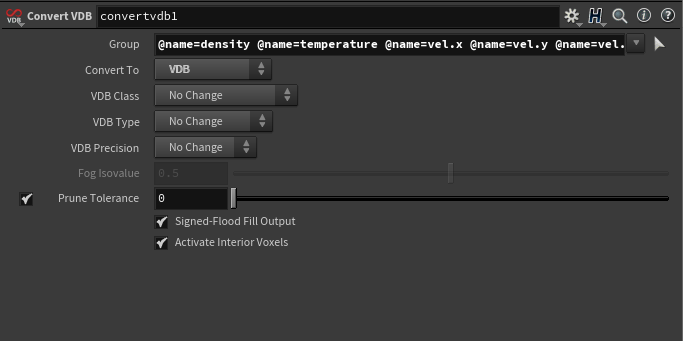- Elizabeth House
- Jun 2, 2022
- 1 min read
This week, our team was focused mainly on getting the small details into our final edit, such as the headlights turning on and further color grading the end logo so that the Chevy logo itself stood out more. We also were able to get some sound design into the final edit, which was really exciting. Here's the final product.
In this final cut, I was responsible for the smoke/exhaust FX on shots 01 and 02. My teammate Jie Chen was responsible for all of the FX in shot 05. My teammate Camilo Gutierrez was responsible for compositing all the assets as well as our cinematographer for our back plates. My teammate Eaza Shukla was responsible for the look development of the car and the overall shot lighting. Also involved with this project was Mason Smigel, who rigged and animated the Camaro for our team, as well as Daniel Vidal and Esteban Benavides, who both lent their talent to sound design. You can find breakdowns for the work of the main Team Future group on their respective blogs (Jie: here Camilo: here Eaza: here). Below is a quick breakdown of the FX I did for shots 01 and 02.
Overall I learned so much this quarter and it was so nice to continually have feedback from industry professionals as well as enhance upon team building and communication skills. I think our team is extremely satisfied with our final result.
















